Can you identify these iconic bridges from cities around the world? Play this memory game and find out.

Many cities in the world would not be the same without the iconic bridges that people around the world easily recognise. Have you visited and crossed any such bridges?
Play this memory game and match these famous bridges from cities around the world. Identify their names in the process!
What are the stars playing at? Have they upped their game? Take a look at what the October skies have in store for us.

Scroll through the timeline below and see what the stars have in store for us this month!
Image Credit: Orionid Meteor Shower- By Brocken Inaglory, CC BY-SA 3.0, https://commons.wikimedia.org/w/index.php?curid=17776241
Draconid Meteor Shower- By Petnica Meteor Group – http://www.meteori.rs/wordpress/wp-content/uploads/2012/10/drakonidi_1708-1820.png, CC BY-SA 3.0, https://commons.wikimedia.org/w/index.php?curid=21997239
Challenge yourself to a crossword that’s all about books and the characters in them! Are you a bookworm? Find out now!

If you consider yourself a bookworm, try this crossword and see how well you do!
Snowy Image Credit: Fair use, https://en.wikipedia.org/w/index.php?curid=2113302; Green Eggs and Ham Cover Credit: By Source, Fair use, https://en.wikipedia.org/w/index.php?curid=52155598. All images have been used for educational/editorial purposes only.
Fifty years since the Argentine revolutionary was martyred, Ché Guevara continues to be a youth icon. Watch the video to learn more about him…

Take this quick quiz and find out if you know which word goes where! Can you get them all right?
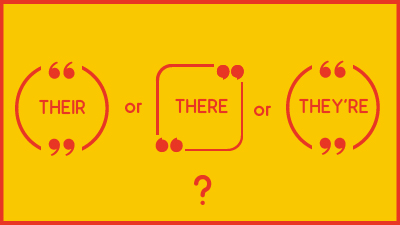
One of the most common grammatical errors involves the use of there, their and they’re.
It’s actually quite easy to master the rules. When you mean to say they are, use they’re. For example: They’re very interested in the movie.
When you mean to say ‘in that place’ or introduce something, use there. For example: There is a need for water. When are you going there?
Their is a possessive pronoun. It is used to mean that something belongs to ‘them’.
Try this quick quiz and find out how many questions you can get right!
Take this general knowledge quiz! How many can you get right?
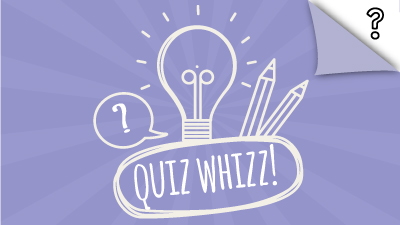
How aware are you of developments in countries around the world? Take a look at this interactive map and find out!

Here is this week’s news from around the world! Click on the hotspots to read more.
We’re back with more mixed up sentences! Rearrange the words correctly so that they make sense.
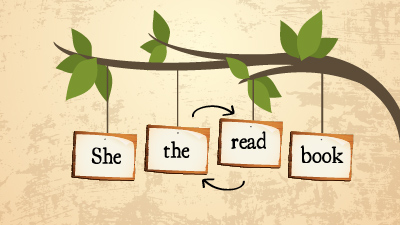
Time for some more English exercises! All the sentences below are jumbled. Can you put them right?
Great going!
When was the last time you posted a letter? Download exciting postcards just to send to your friends and family!
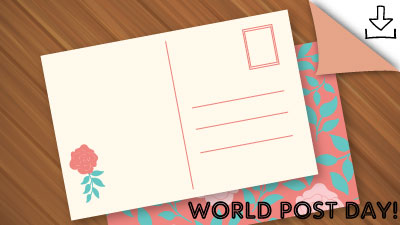
Ever wondered whether you have enough data to solve a problem or whether the question could be wrong?
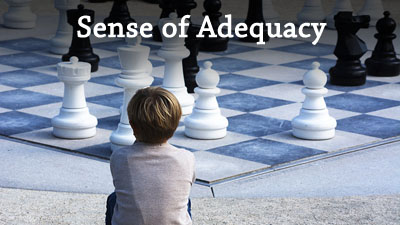
Welcome back to the series on thinking skills! We look at a sixth one called the ‘sense of adequacy’. Sometimes when we solve problems or puzzles, we get this feeling that ‘something is wrong’! In some cases, it might very well be true. You might not have been given the complete problem (things are not adequate), or things could be deceiving!
Here’s a popular puzzle to illustrate the same. There is a triangle formed with coloured shapes. The shapes are then moved around to form another triangle of the same size (below). But suddenly you find an extra square! How is this possible?
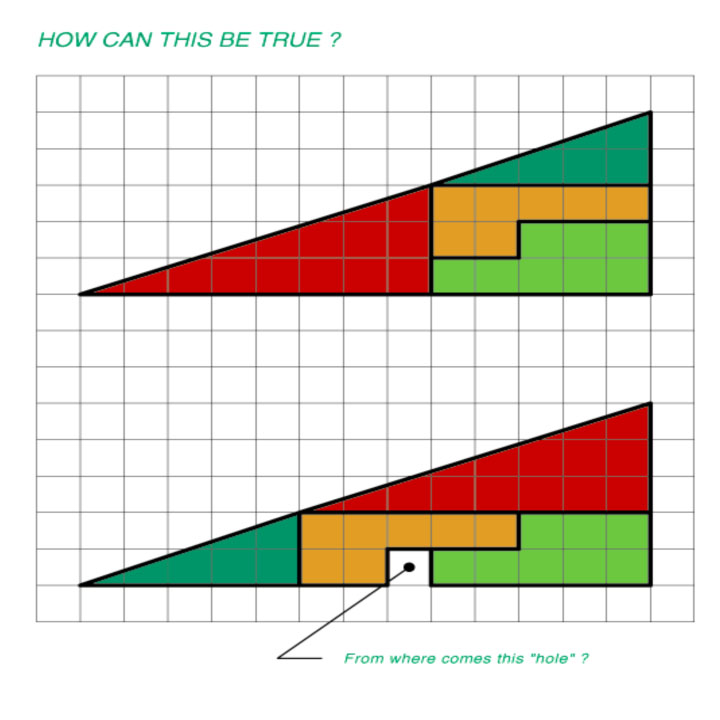
This is difficult to figure out isn’t it? You get the feeling that you might be missing something. Quite literally. Probably it’s an optical illusion! In fact, it’s a bit of both. Let’s look at the two figures when they are superimposed on each other. Move the slider to notice the difference (around the arrow marks).
You will realize, the second figure has a slope (hypotenuse) that is slightly curved. So the area of the missing square has been distributed along the slope (hypotenuse) of the triangle. So you haven’t quite lost that square, it’s just that you thought that the line was straight. That was a tough one to figure out…see you soon!










